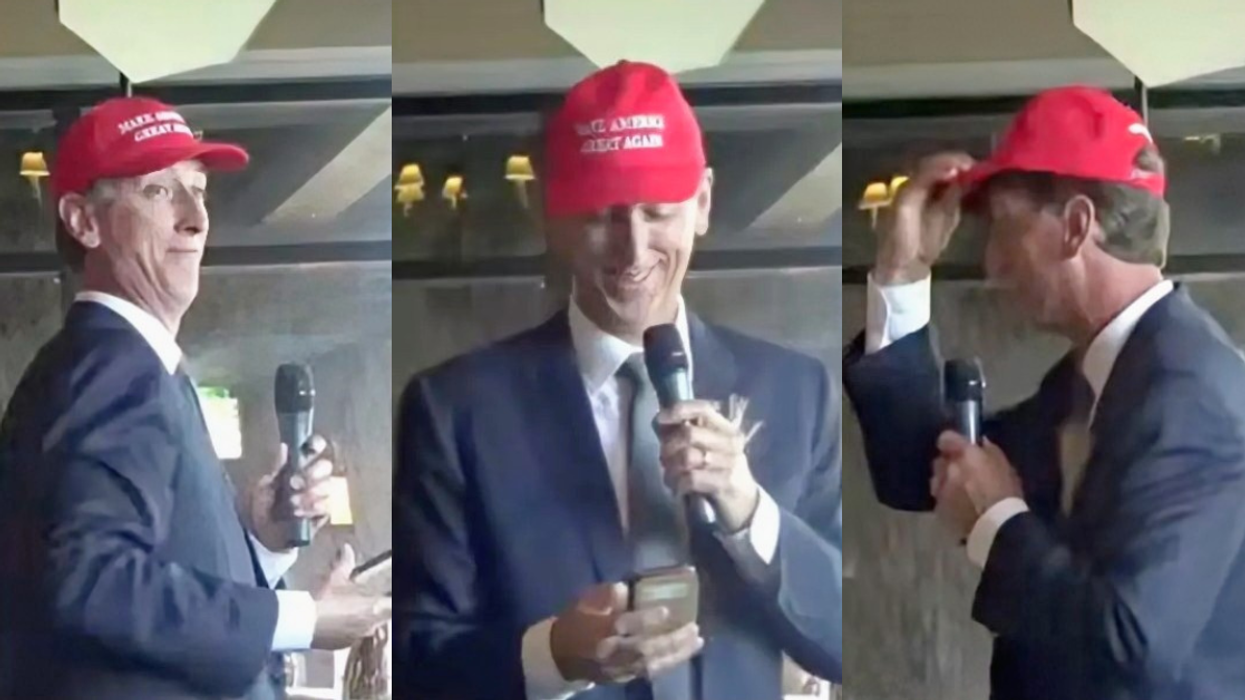For most, memorizing what you read is no easy task. Readers typically rely on shorthand notes, highlighters and other tools for better recall.
These strategies may help you recall it later, but what if there was a better way to help you store the information in the first place? A psychologist at Royal Melbourne Institute of Technology (RMIT) may have found a solution to the age-old memorization problem: a new memory-boosting font called Sans Forgetica.
WHAT IS SANS FORGETICA?
Most fonts are designed to make text easier to read. They're made to flow well with even kerning so the words don't get squished together and are easily understandable by anyone with a basic concept of the language. Sans Forgetica does just the opposite. It is designed to make the text more difficult to read.
Sans Forgetica looks like a typical block letter font with one distinct difference: about half of each letter is missing, and it’s something that a lot of people — including writers, programmers and even scientists — are excited about. This doesn't make the font unreadable, but it does reach a level of what is called “desirable difficulty” — that is, it's just hard enough to read that it causes the reader to better retain the information contained within.
Like so:
This font relies on the Gestalt Law of Closure, which is what happens when a human being sees something that is incomplete and they know something is missing. Your brain automatically tries to fill in the missing pieces, which — according to the RMIT team — makes it easier for you to later remember what you read.
MEMORIZATION TOOLS
Digital tools have become increasingly common. In 2014, more than 63 percent of colleges used digital textbooks instead of paper ones, and that number is probably even higher today. While this might be more convenient for students — and kinder to their backs and shoulders — some studies have shown it might compromise their ability to learn and retain information.
Digital texts don't require the reader to spend time browsing everything to learn the required information. With a couple of keystrokes, they can instead search for the exact piece of information needed to answer the question, removing the need for in-depth reading. Reading things in print also reduces the likelihood that the reader will multitask.
Studies have found that reading digital formats can be faster than reading print, but it also has a negative effect on comprehension:
“Speed gives [students] the illusion of faster processing, and that must mean they’re getting it better. Just like in school, kids who finish first are usually perceived to be somehow better or smarter,” said a recent article published by the National Education Association. “Speed tends to be aligned with intelligence, as it is with so many things. But it can actually result in a deficit of learning compared to print.”
Sans Forgetica is hoping to make digital reading more difficult, or at least comparable to reading print to increase information retention and improve learning.
It is important to take this information with a grain of salt. While the memory-boosting font has been tested on a small scale and has been proven effective, no scientific papers have been published yet truly testing its effectiveness in a peer-reviewed environment. As it stands right now, though, Sans Forgetica could be the perfect middle-ground between digital and print text.
The RMIT team still has a long way to go to find the optimal level of desirable difficulty, and the font will still require extra refinement to turn it into the ideal memorization tool. Once it has been developed a little further, it could make it easier for students to better retain the information they're reading.
In the meantime, many have expressed their fascination over the gamechanging font:
In the future, this could become a tool that students download on their tablets or computers to make it easier to retain information that they’re reading from their digital textbook. There isn’t a lot of information available right now about who this font will be available for, since it is still in it’s beginning stages, but it could be a valuable tool once complete for anyone who reads digitally and has trouble remembering what they have read.
For anyone who is curious about this memory-boosting font or would like to see how well it can help them retain what they read online, it is available for download or as a Chrome browser extension. It is still in test mode, though, so it may be updated or changed in the future as more research comes to light.










 @winnieharlow/Instagram
@winnieharlow/Instagram






 @realDonaldTrump/Truth Social
@realDonaldTrump/Truth Social
